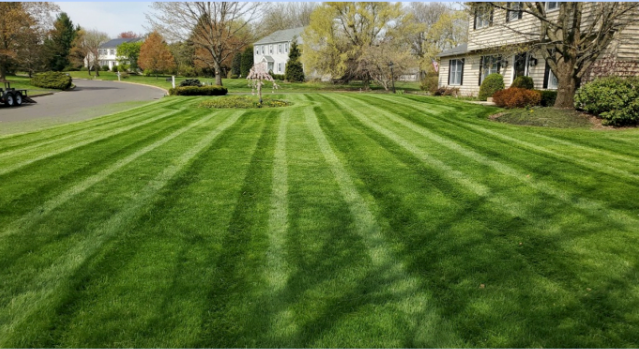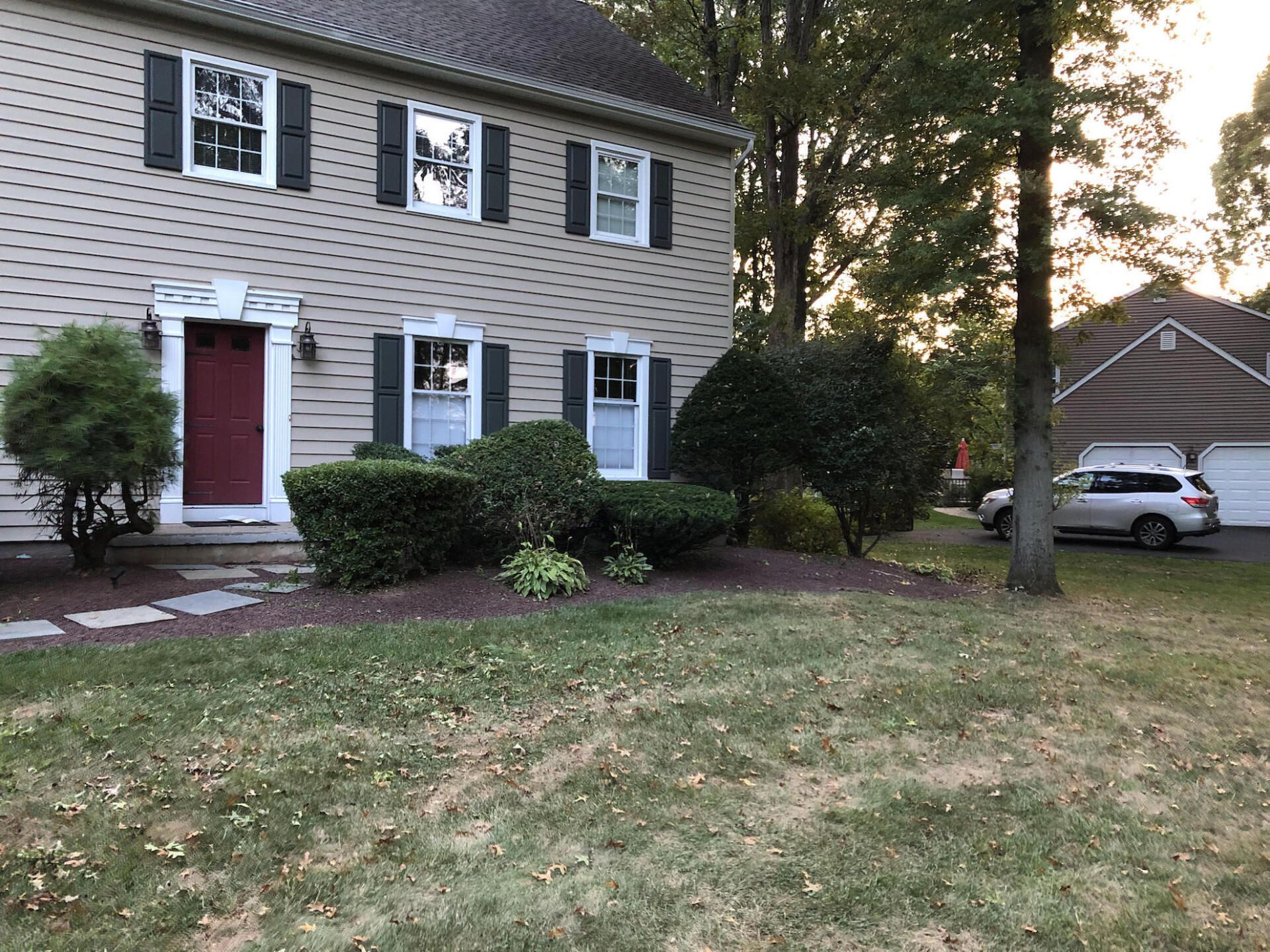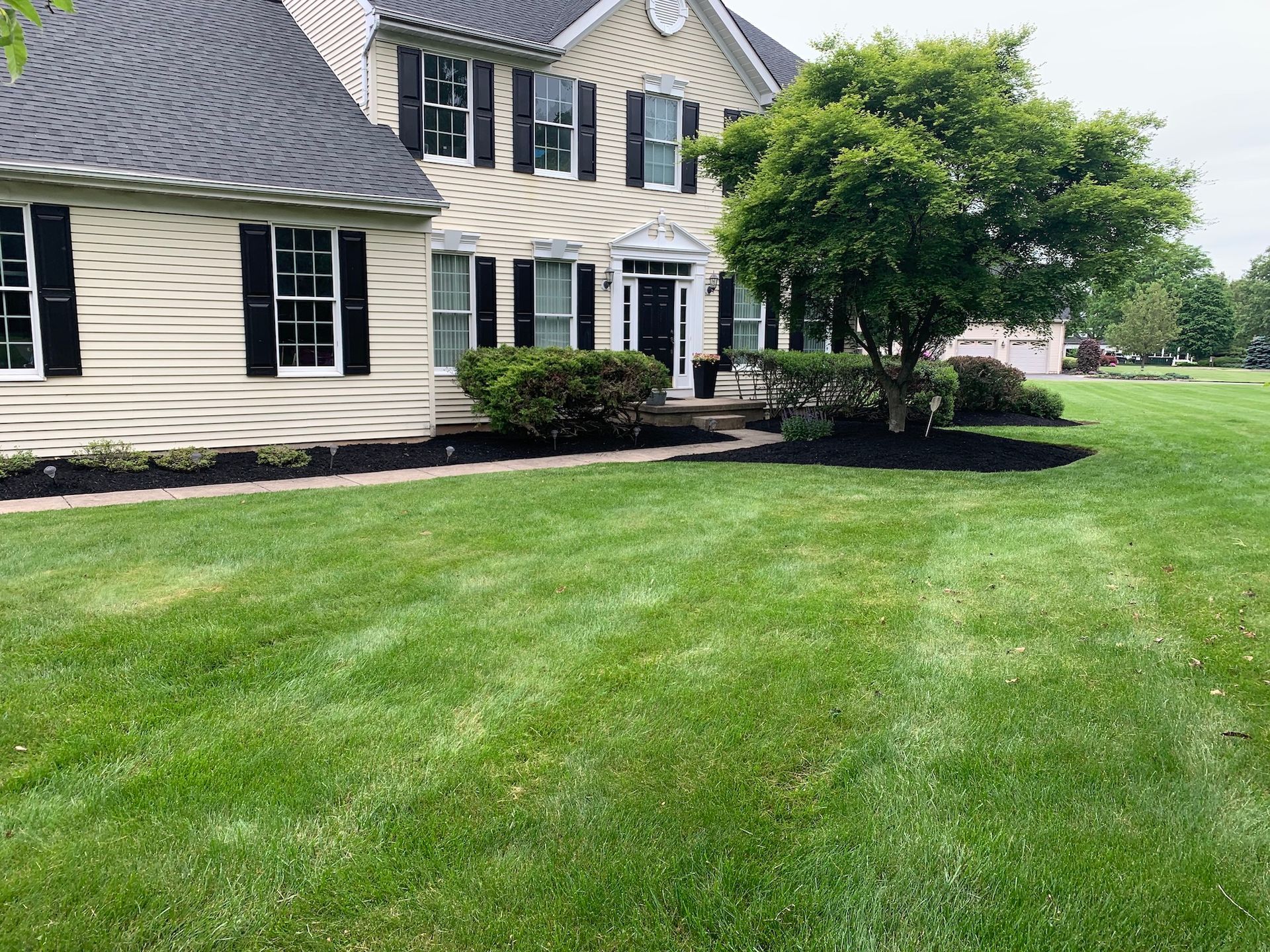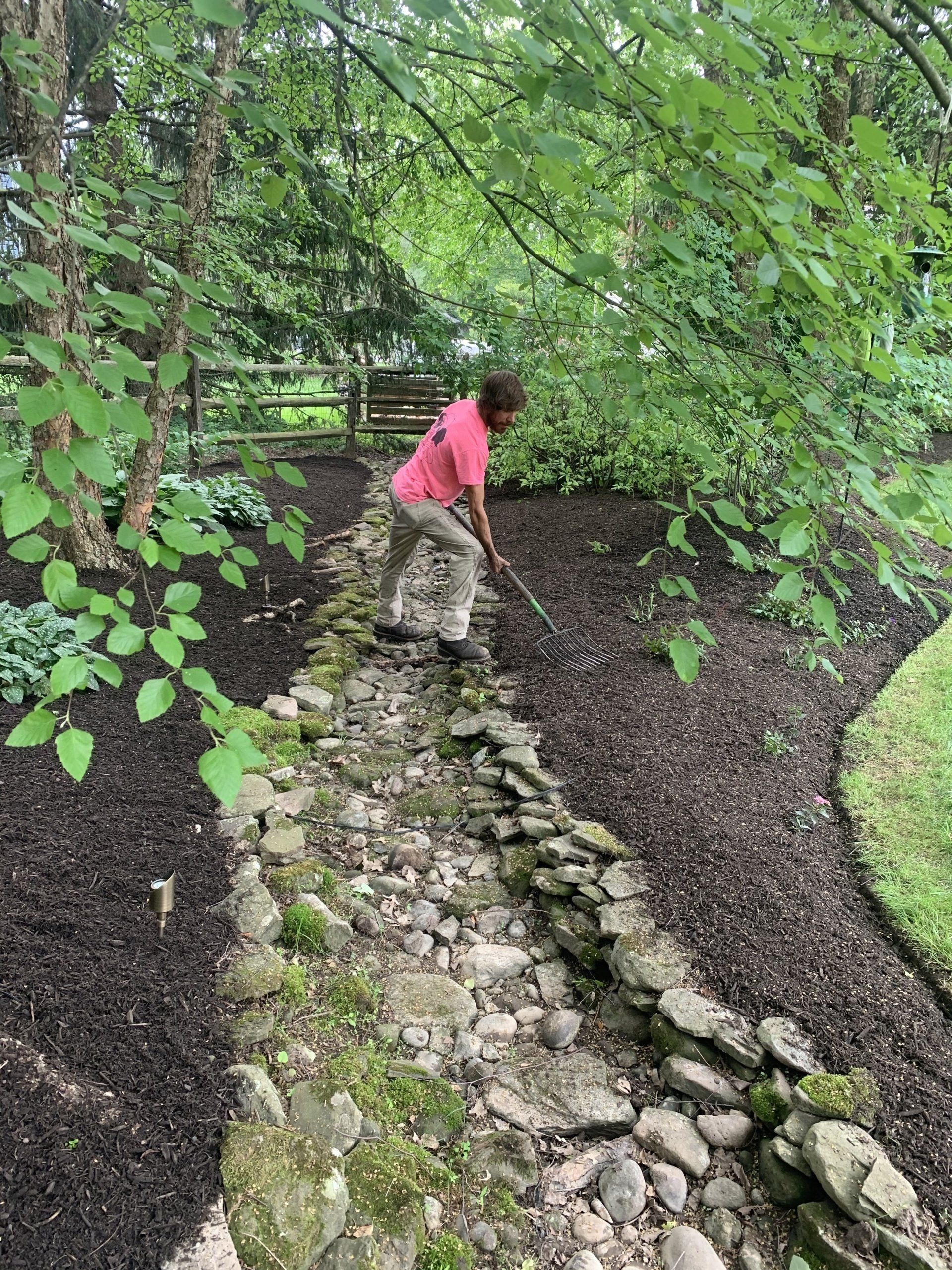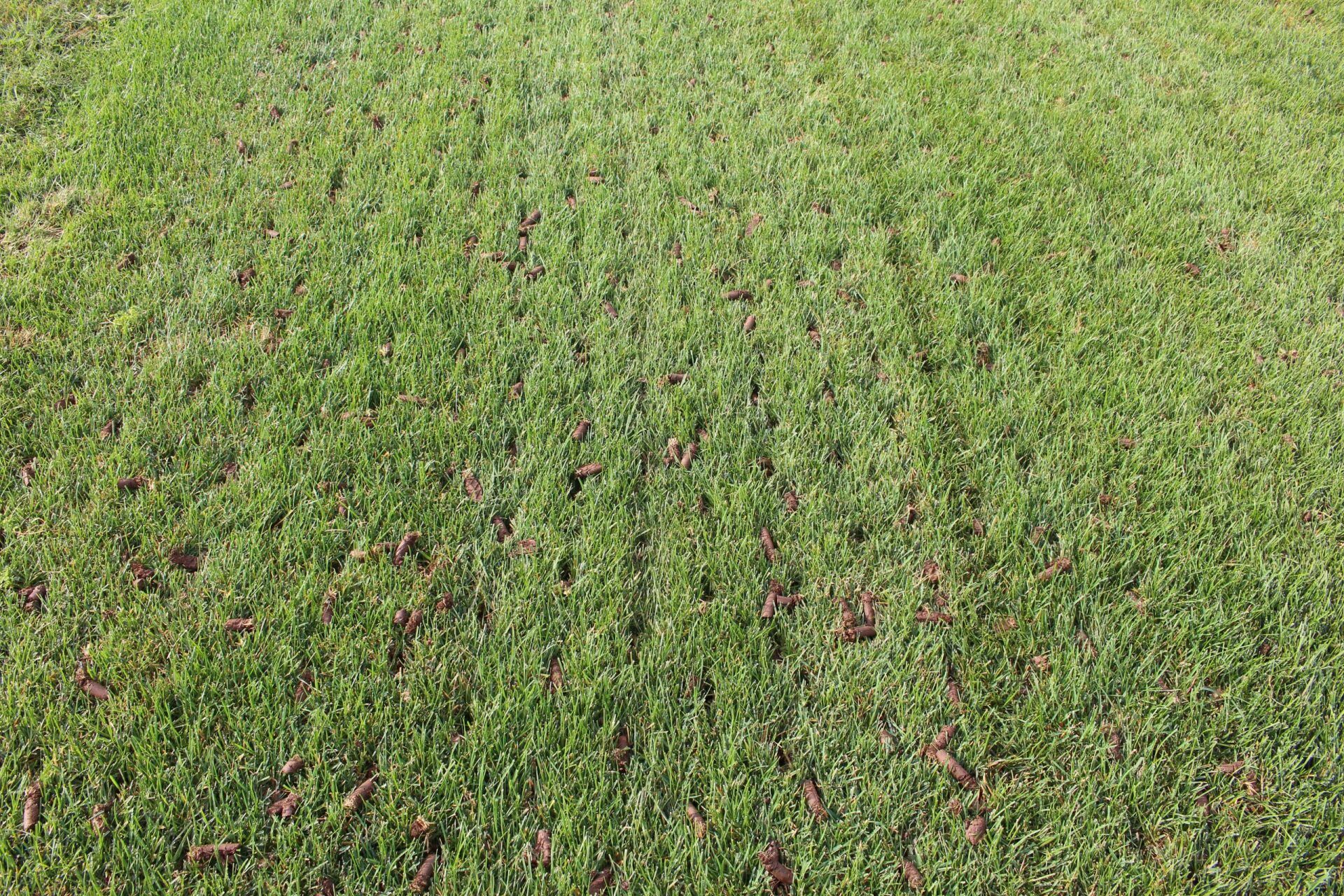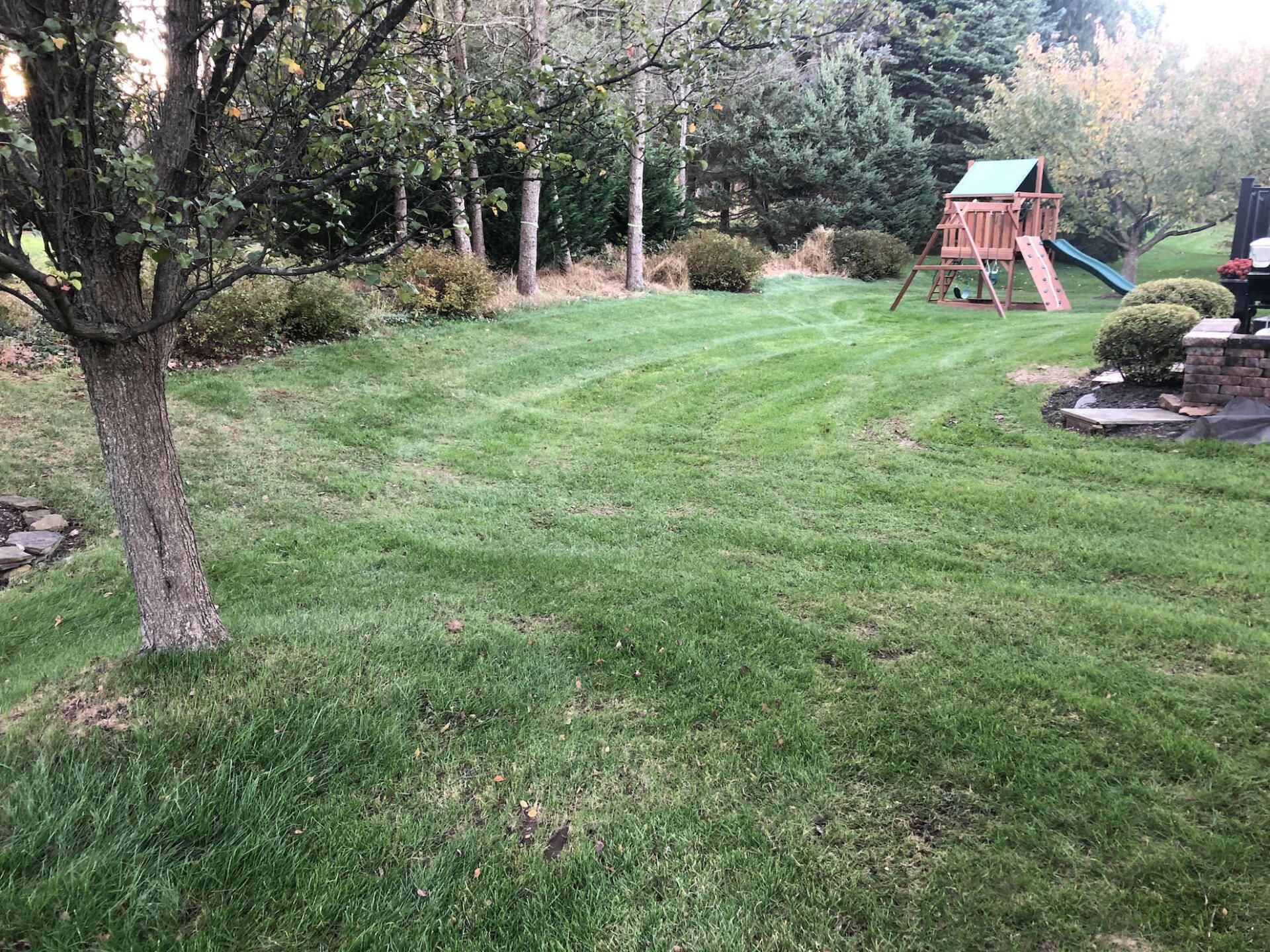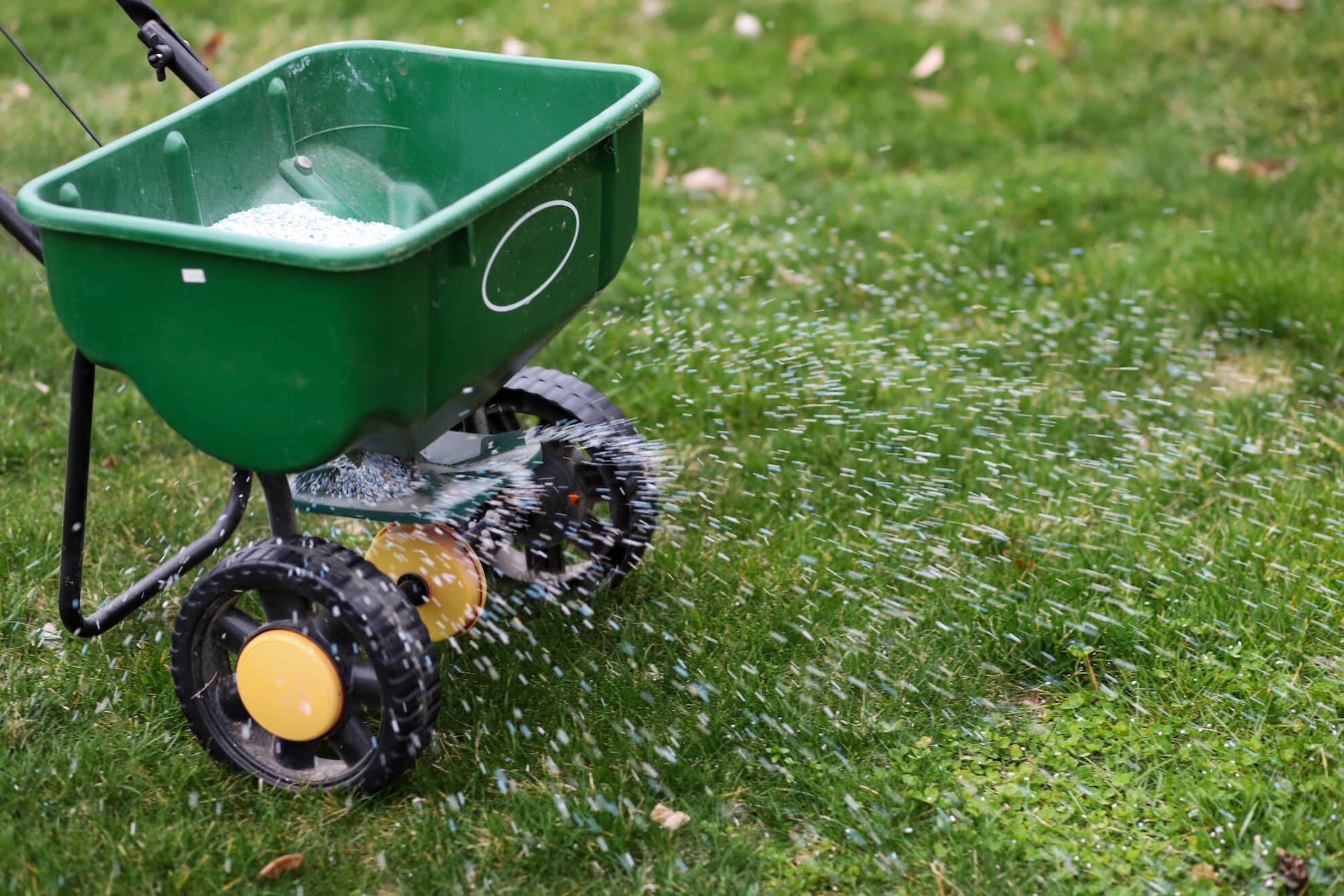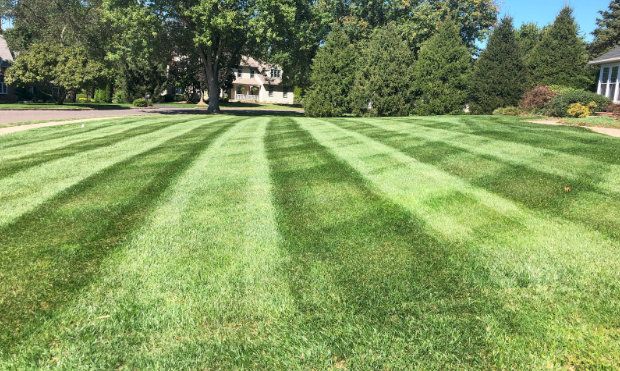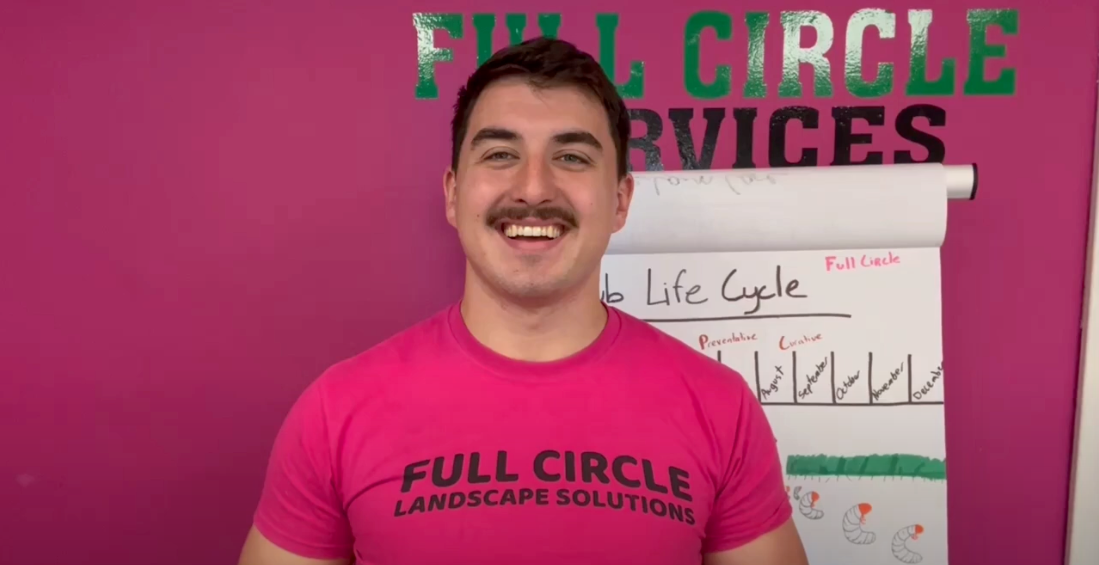WHAT IS OVERSEEDING AND HOW IS IT DONE?
Overseeding is sold as a fix all for problems with your lawn. It is also oversold by lawn care companies as a way to make your lawn look better without any way for you to track if it worked.
What is Overseeding and Why Not Just Call it Seeding?
Overseeding is the process of seeding over an existing lawn. Seeding is the process of seeding to establish a new lawn.
Other than actually walking around with a spreader these two processes couldn't be more different. The prep work required for each is completely different, the seeding application rates are totally different, and the post care of your new seedlings is totally different.
What Overseeding Actually Does?
There are 2 ways grass can expand into new areas: Seeding, and rhizomes
Seeding/Overseeding
is what we have been talking about which is where grass seed is harvested, bagged, bought, then spread on your property. The seeds then turn into brand new turf grass.
Rhizomes are also called creeping rootstalk, this is when existing grass spreads creates new grass without any seed. This is the same way that bamboo grows out of control so quickly. Not all grass types have rhizomes though, in PA the most common grasses with rhizomes are Kentucky Bluegrass and Creeping Red Fescue.
Since our most common grasses in PA don't have rhizomes or don't spread quickly we can choose to overseed to fill in our lawns.
Why Should You Consider Overseeding?
Lawns that have been affected by drought(most lawns this year), poor drainage, Heavy Traffic, Soil Compaction, old age, disease, insects, fungus, or other environmental factors can be fixed by overseeding.
In short, patchy or thin lawns can be corrected by overseeding.
If the grass is not growing because of an environmental problem the first order of business should be to correct the problem. We could write an entire article about correcting lawn problems but the quick version is try to identify the reason the grass isn't growing(listed above) and then work to solve the problem before overseeding
Seed has gotten better over the years. In the last 10 years alone MASSIVE strides have been made in the quality of seed. High quality new seed is now insect repellent, fungus resistant, and has better drought and shade tolerance than older seed. If your lawn hasnt been overseeded in the past few years it is definitely time to upgrade your lawn.
How to Overseed?
So you have decided it is time to overseed your lawn. Lets get to it!
We have three steps: Preparing the lawn, Overseeding the lawn, Caring for your new seedlings
Step 1: Preparing the lawn
This is the time to aerate and dethatch if necessary.
If lawn has not been aerated in the past year we would recommend it because of how much it helps and how much seed costs(see Aeration article for more info). Dethatching is not recommended unless you have over ½ inch of thatch(dead roots and undecomposed grass clippings).
Then it is time to cut the lawn short. I know, I know you always hear us talk about cutting the lawn higher. In this case because it is a cooler time of year and we will be watering after the fact I give you permission just this once to go short. Instead of the normal ⅓ of the grass height we normally take off we recommend cutting off ⅔ of the grass's height. Due to the extra clippings the lawn either needs to be double or triple cut or ideally the clippings raked up and removed so the seed can reach the soil and make good contact.
Step 2: Overseeding the lawn
WAIT for a day when the ground is dry and there is no heavy rain in the forecast for at least 48 hours. This ensures your seed wont get carried away by the rain.
While your waiting you can plan out how much
seed you're going to need.
When overseeding an existing lawn it is recommended to use 2-3lbs per 1000 square feet. For Seeding a new lawn you will need 3-6 lbs per 1000 sq ft.
The easiest way to get your lawns square footage would actually be to call our office and have them measure it via satellite for you(for free).
But if you want to go full DIY we understand. For a rough estimate you can measure how big your steps are then pace out rectangles in the yard multiply length x width then add then all together.
So now you know the area of your lawn in square feet. The next step is to divide by 1000 and then multiply by the number of pounds per 1000sqft you wish to use.
For Example:
13,500sqft / 1000 = 13.5 13.5 * 3(lbs per 1000) = 40.5lbs of seed
Seed generally comes in 50lb bags. In this case I would buy one 50lb bag and plan to save some seed to fill in any thin areas in the spring. The only seed worth buying is high quality blend of seed. An easy way to get high quality seed is to call a local sod farm. We never recommend going to a big box store to get seed, it is more expensive, and worse quality.
The blend we put on our customers' properties is an 80% Tall Fescue, 15% Perennial RyeGrass, and 5% Kentucky BlueGrass blend. If you have a very shady yard we recommend getting a blend with fine fescue or creeping red fescue.
To spread seed evenly you will need a drop spreader or a broadcast spreader. Although hand-held spreaders may work for small quantities we wouldn't recommend it for the entire property because it will not be as even.
Take ½ of the quantity you plan to use and dump that into your spreader. We always start on a lower setting and work our way up. Make an edge pass on the property with an edge guard on your spreader if you have one, if not be very careful not to get seed in your flower beds. After you have gone around the entire edge of your property start walking in a north to south pattern like you would cut the lawn. If you're using a drop spreader, walk right along your last pass. If you're using a Broadcast Spreader you want your seed to overlap back to your previous wheel marks to spread it as evenly as possible. When you have used up the first ½ of seed going north to south, it is time to get the other ½ of your seed and go east to west. This once again ensures even coverage. Use the same technique as last time. CONGRATULATIONS you have overseeded your lawn. But the work is not done yet.
Step 3: Caring for your new seedlings
It is time to protect your investment.
First is watering. For the first week the soil should be kept constantly damp. This means watering twice per day for best results. Once before 10AM and once after 6PM. These waterings should be short and just enough to keep soil damp.
The second and third week watering should be done once per day slightly heavier to encourage root growth.
After the third week you should let nature take over and water only when grass starts to sag or lose color. Watering after this point should be at least 1” of water to stimulate deep root growth.
Second is mowing. Do not mow until your new seedlings are the same height as your existing grass. Once you start mowing make sure to mow at atleast 3.5-4” to allow the new grass to grow deep roots.
Third is traffic. Your new lawn is fragile and will grow so much better if traffic is kept off of it. After you start mowing for 2-3 weeks you can resume normal foot traffic
When should you Overseed?
The best time of year to overseed is the fall, the second best time is the spring. It is not recommended to overseed in the summer and definitely not in the winter.
We normally overseed between the beginning of September until the end of October. In the spring you want to overseed as early as possible to let the grass establish before the summer heat.
Now that you know all about overseeding, if you would like it done but don't want to deal with it yourself, please give us a call or get an estimate in minutes.
